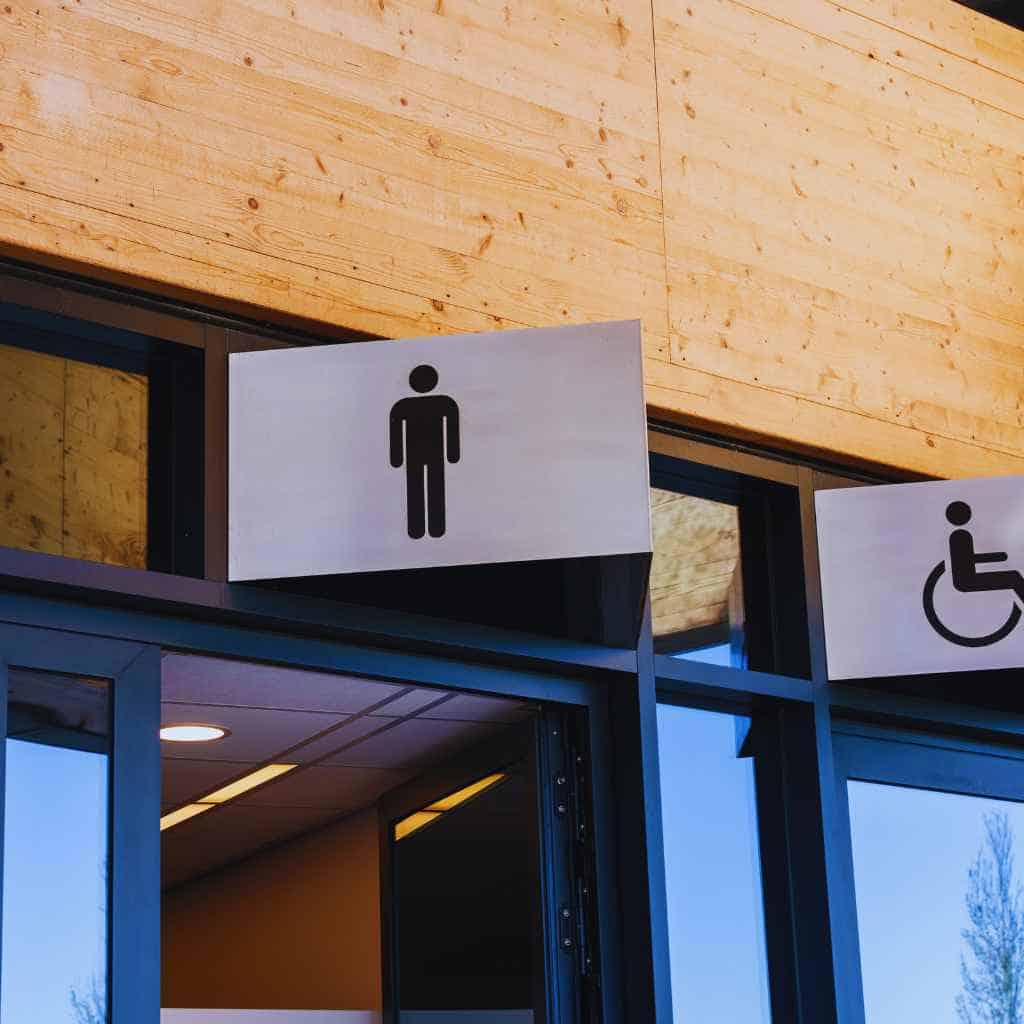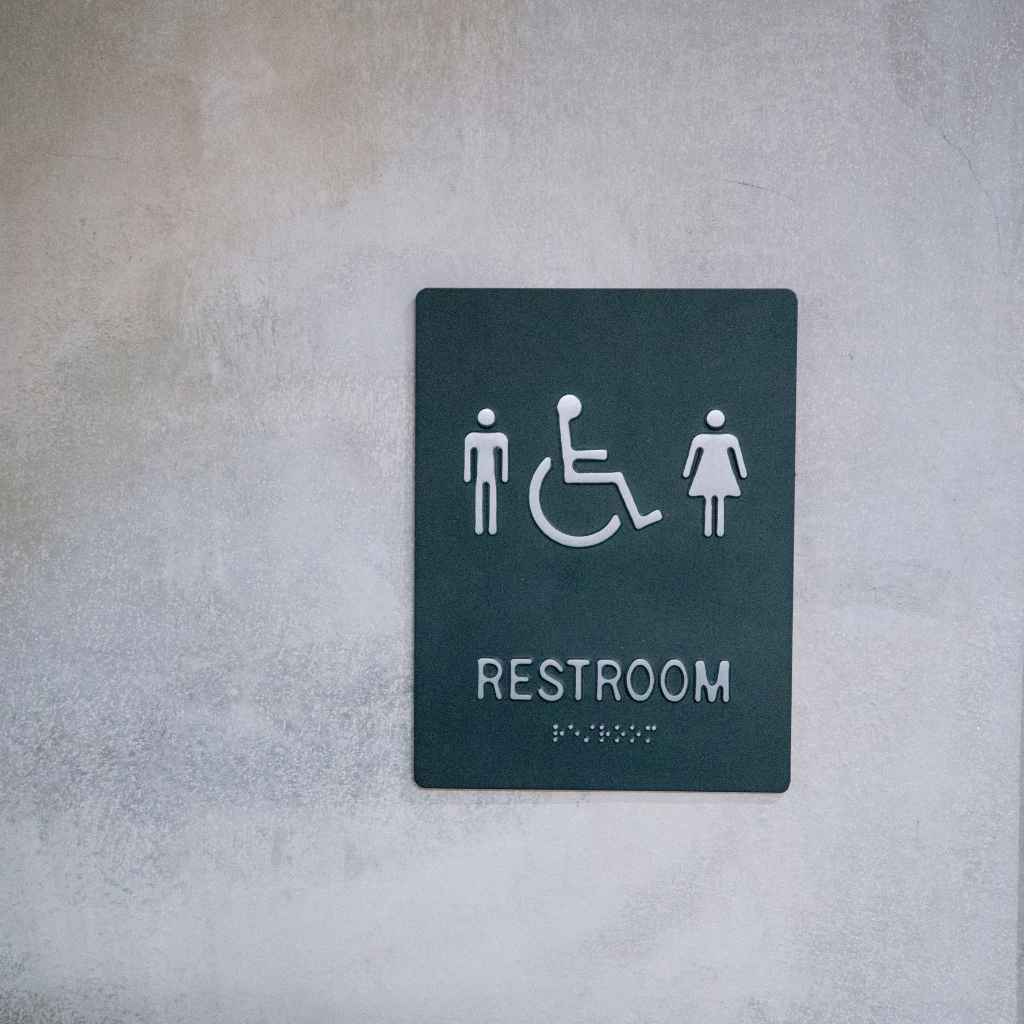ADA: Federal Civil Rights Access Standard
The Americans with Disabilities Act (ADA) is a federal civil rights law. It prohibits discrimination based on disability and requires that public spaces—like offices, stores, restaurants, hotels, and sidewalks—are accessible.
It applies nationwide, regardless of state or local law.
The ADA is enforced in two ways:
Department of Justice (DOJ) actions, and
Private lawsuits—the most common path in California.
There’s no such thing as a certified “ADA inspector.” That’s why litigation, not inspection, is the main driver of ADA compliance across the U.S.
Design standards are outlined in the 2010 ADA Standards for Accessible Design, which cover things like parking, entrances, signage, path of travel, restrooms, and seating.
Title 24: California’s Building Code for Accessibility
Title 24, Part 2, Chapter 11B of the California Building Code sets out the state’s accessibility standards for commercial buildings and public spaces. It’s a construction and inspection standard—not a civil rights law.
Here’s what that means for you:
Title 24 is triggered at permitting and during building inspections.
It’s enforced by local building departments, city inspectors, and the Division of the State Architect (DSA).
The requirements are generally stricter than the ADA.
For example, Title 24 includes tighter specs for restroom layout, tactile signage, and slope tolerances. Even if you meet ADA standards, you can still fail a Title 24 inspection.
The bottom line: if you’re building, renovating, or applying for permits in California, you need to meet both. Following only ADA won’t cut it.















